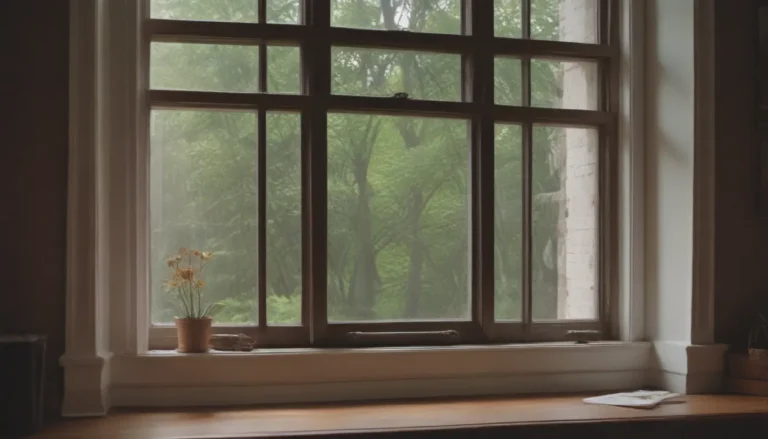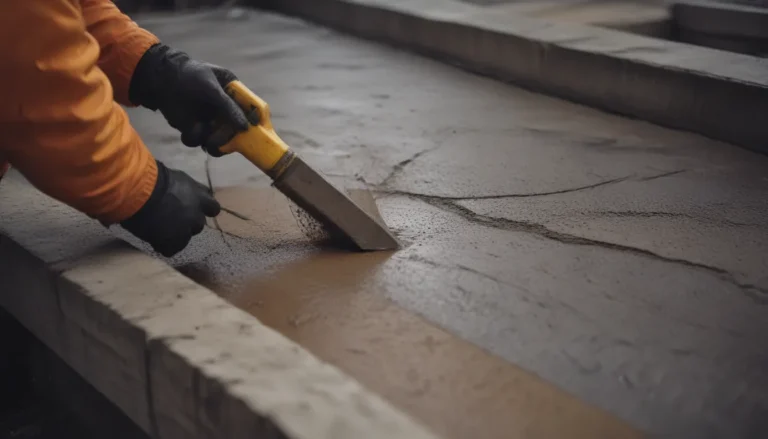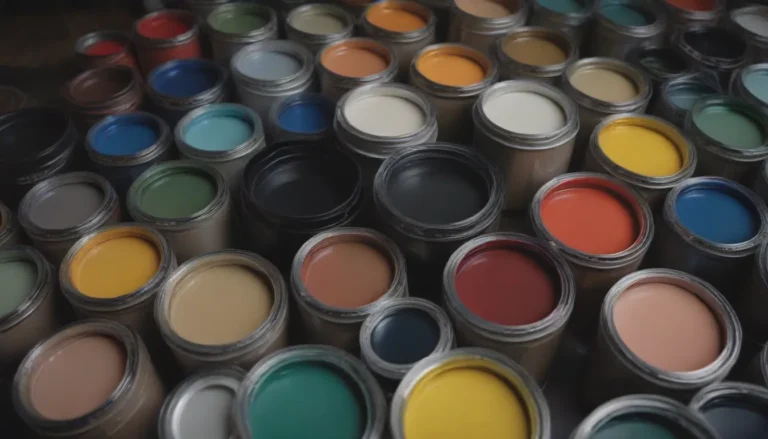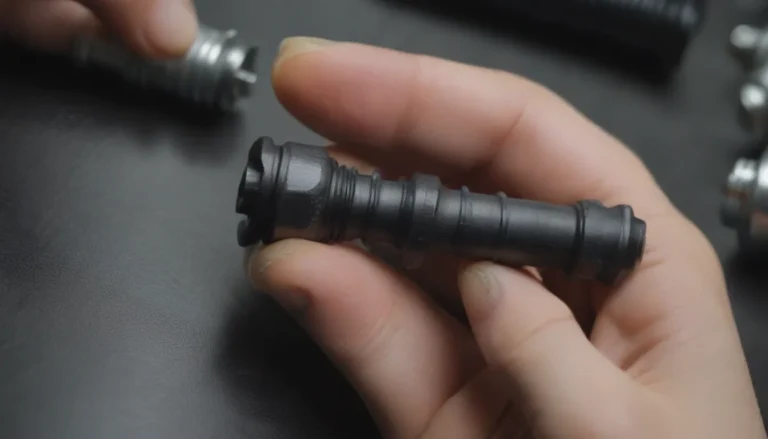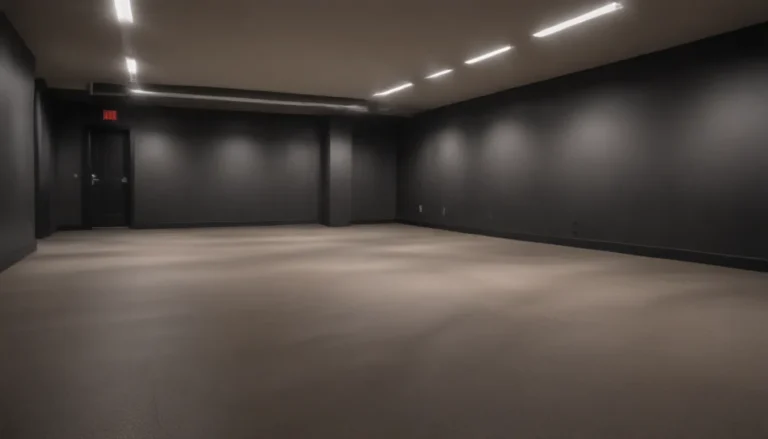A Comprehensive Guide to Painting Your House Quickly, Efficiently, and Safely
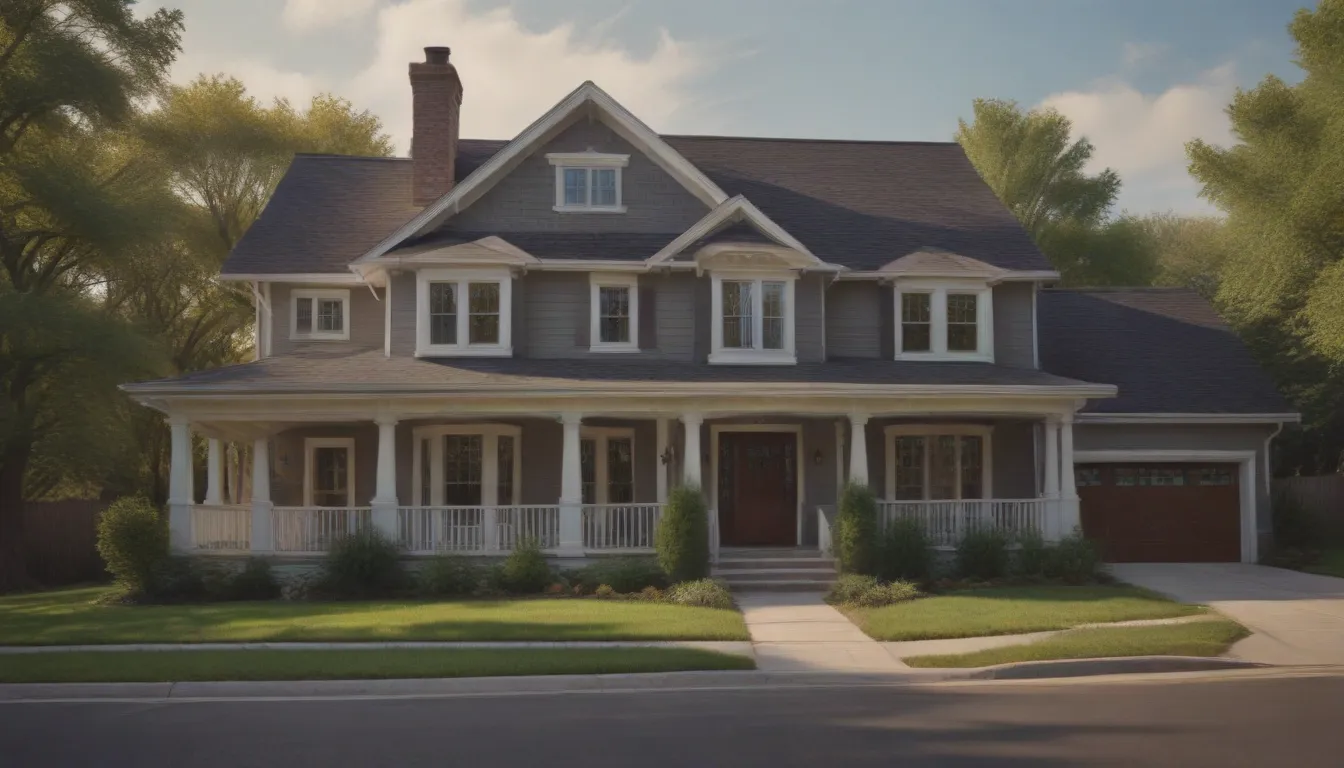
If you’re considering taking on the task of painting your own house rather than hiring professional painters, there are a few things you should know to make the process as smooth as possible. In this guide, we will provide you with valuable tips and recommendations to help you paint your house efficiently, effectively, and with less effort. From safety considerations to time-saving techniques and tools, we’ve got you covered.
Safety First: Considerations When Painting Your House
Before you even pick up a paintbrush, it’s important to consider safety measures to ensure a smooth painting process. Here are some safety factors you should keep in mind:
- Ensure you are using the correct ladder and that it is stable
- Have someone spot you as you climb to the highest parts of the house
- Take note of power lines and where they intersect with your property
- Dispose of paint cans properly according to your town or city’s waste disposal programs
- Save extra paint in an air-tight sealed container for touch-ups
Warning: If your house was built before 1978, be sure to research safe practices and local requirements for dealing with lead paint. Safety should always come first when painting your house.
Finding the Right Time to Start Painting
Choosing the optimal time to start painting can make a significant difference in the outcome of your project. Here’s what you should consider:
- Start painting as early as possible, but make sure there is no moisture on the house siding
- Check that temperatures have risen to 35 degrees F or higher, depending on the paint type
- Avoid painting when the siding heats up, as it can prematurely cure the paint
By starting at the right time, you can avoid common painting issues and achieve a more professional finish.
Washing the House: A Quick and Effective Step
Most houses will need to be washed down before painting. Instead of using the labor-intensive method of washing by hand, consider these options:
- Use a pressure washer to spray down the house with a soapy solution and then rinse with clean water
- If you don’t have a pressure washer, hose down the house and scrub key areas with a nylon brush
By efficiently washing the house, you can ensure better adhesion and a clean surface for painting.
Choosing the Right Paint Color
While changing the exterior color of your house can be tempting, sticking to the same color can save you time and effort. If you do decide to change the color, consider making the new color darker than the present color to minimize the work involved.
Tips to Minimize Priming and Paint Scraping
- When re-painting the same color, there is often no need to apply a full coat of primer
- Prime only bare wood, wood filler, and rust-stained areas
- Scrape paint until you reach a relatively solid edge to avoid unnecessary scraping
By minimizing priming and paint scraping, you can streamline the painting process and save time.
Using Efficient Painting Techniques: Roller and Sprayer
- Use a paint roller with an extension pole to cover large, flat sections quickly
- Consider using a paint sprayer for areas with architectural details or large surface areas
- Make sure to cover non-paintable surfaces within 20 feet of the spraying area
Efficient painting techniques like rolling and spraying can help you cover large areas quickly and achieve a professional finish.
Simplifying Cleaning and Maintenance
- Purchase quality roller covers and dispose of them after each use
- Clean paint rollers by submerging them in warm water with mild dish soap
- Use a paintbrush comb to clean brushes thoroughly and maintain their quality
By simplifying the cleaning and maintenance process, you can ensure that your painting tools last longer and are ready for future use.
Preparing Your House for Painting
Before you begin painting, take the time to assess the condition of the siding and prepare the house for painting. Caulking open cracks is essential to prevent moisture damage and ensure a successful paint job. Allow caulk to dry before applying paint.
It’s recommended to paint your home’s exterior every 5 to 10 years, depending on various factors like weather conditions, sun exposure, and the quality of the paint job. By staying proactive with maintenance and upkeep, you can protect your house and keep it looking its best.
In conclusion, painting your house can be a rewarding project if done correctly. By following these tips and recommendations, you can paint your house quickly, efficiently, and safely. Remember to prioritize safety, choose the right tools and techniques, and take care of your painting tools for future use. With the right approach and preparation, you can transform your house with a fresh coat of paint and enjoy the results for years to come. Happy painting!
